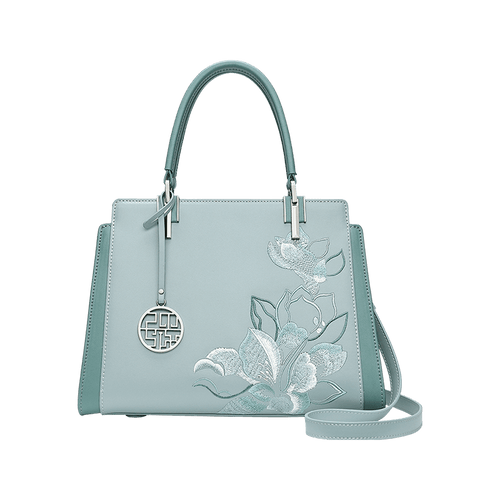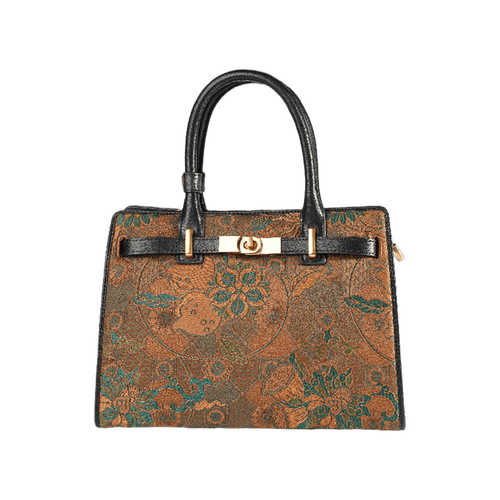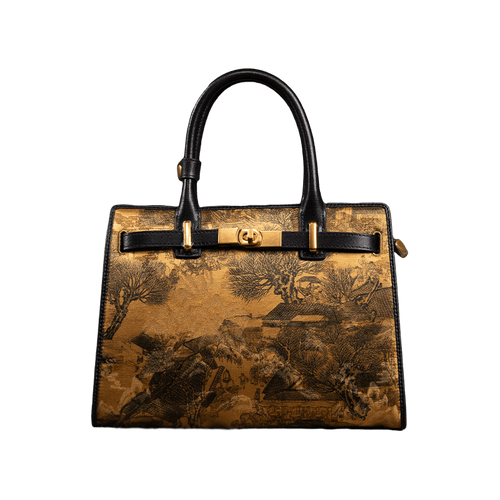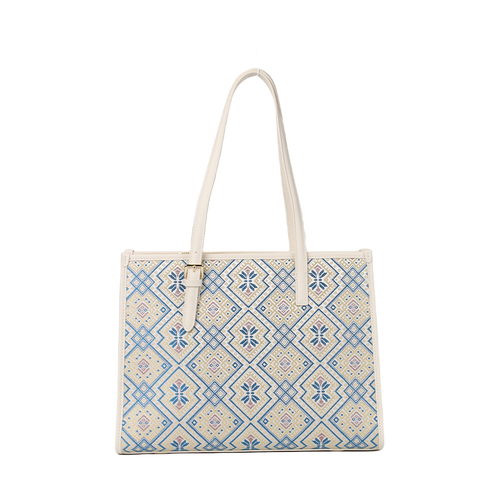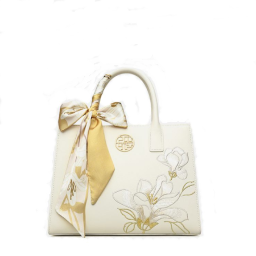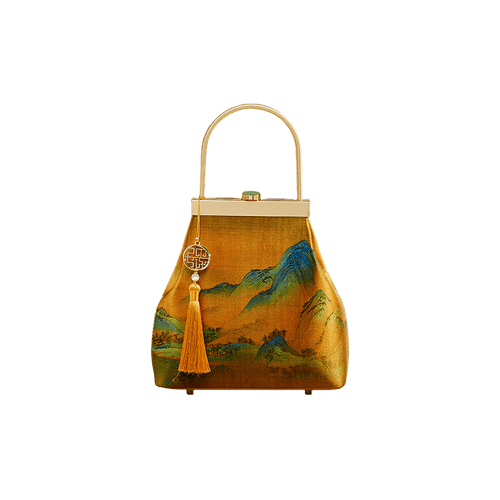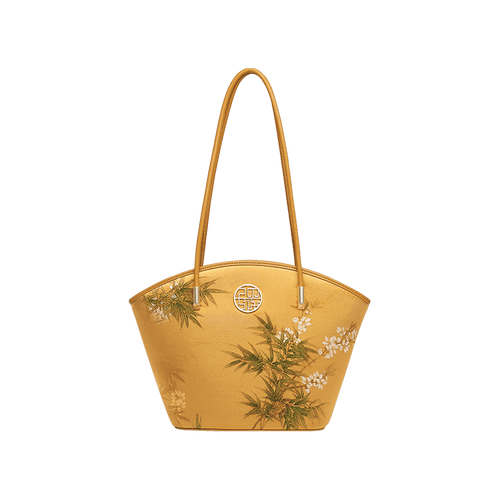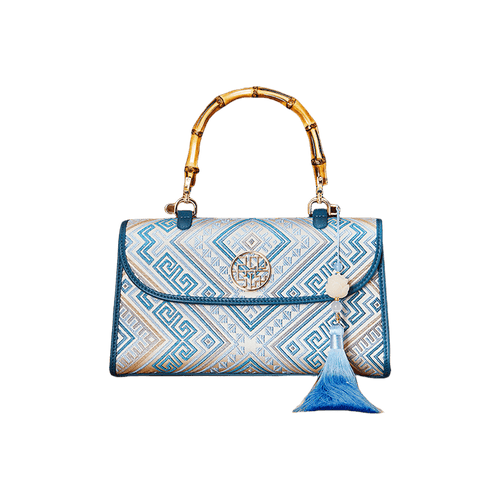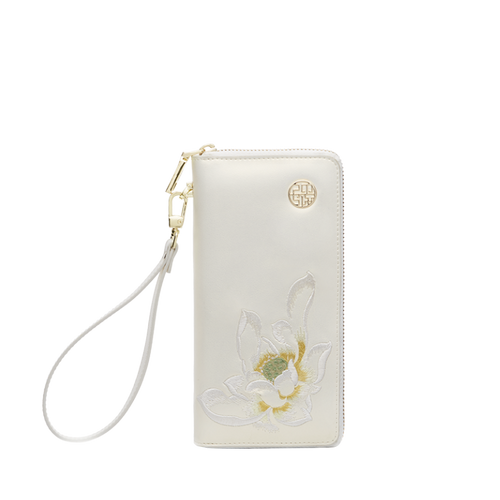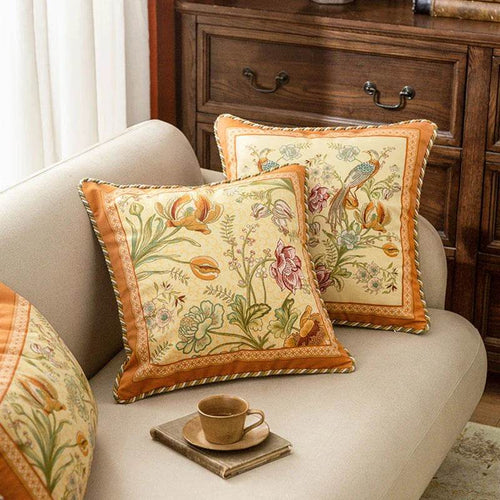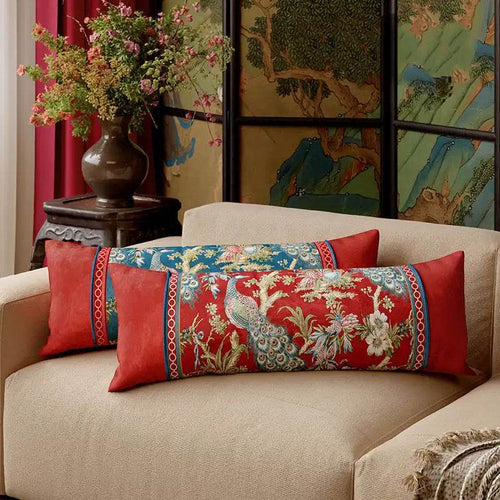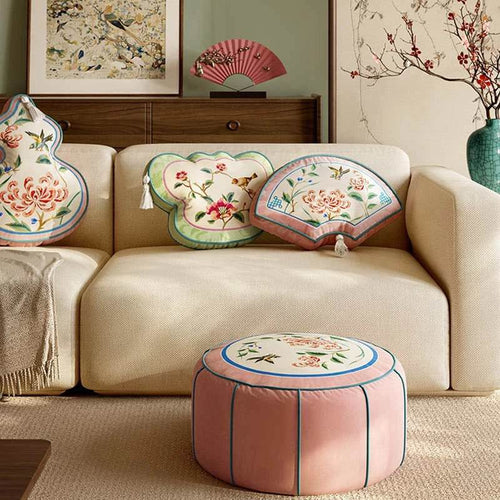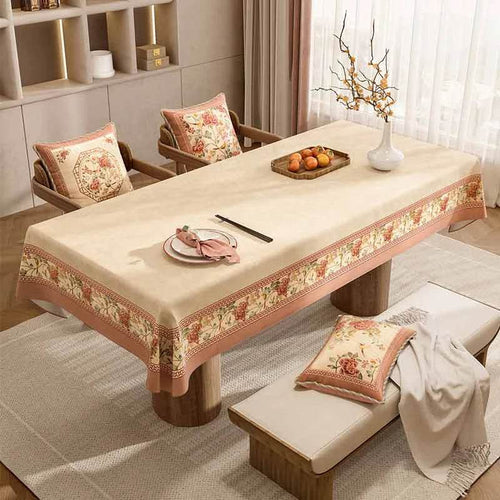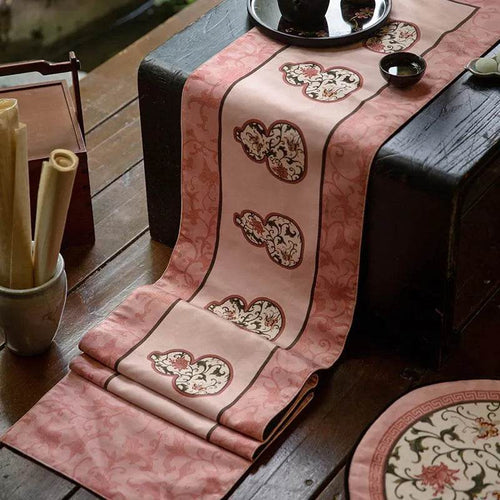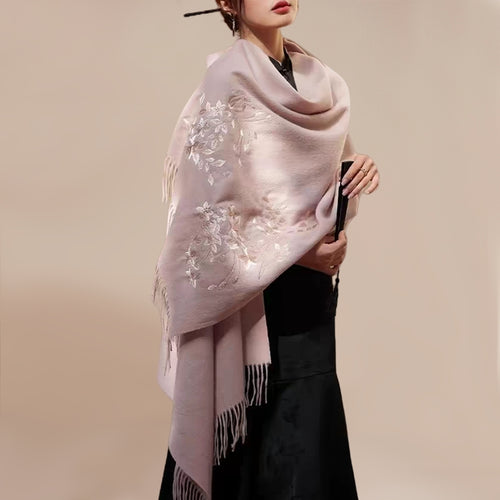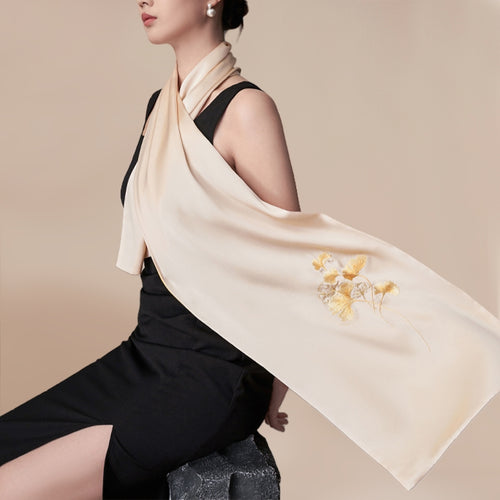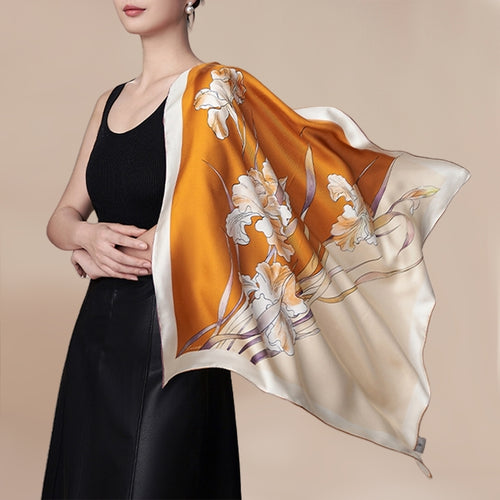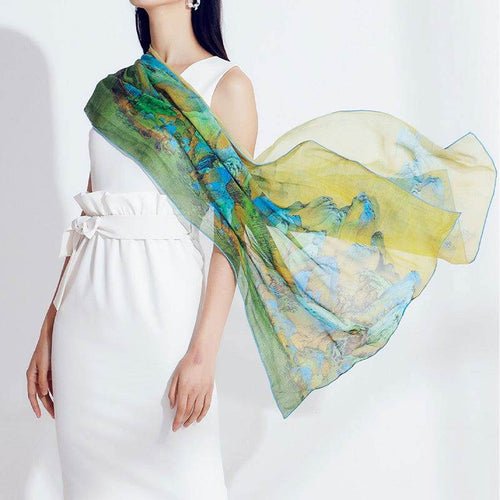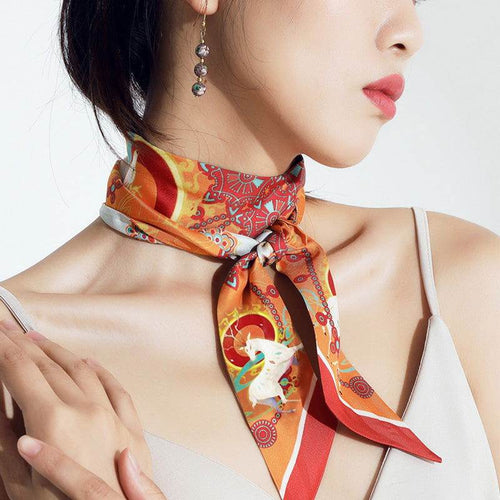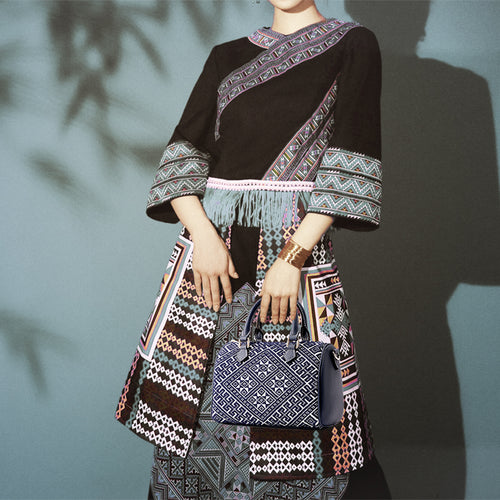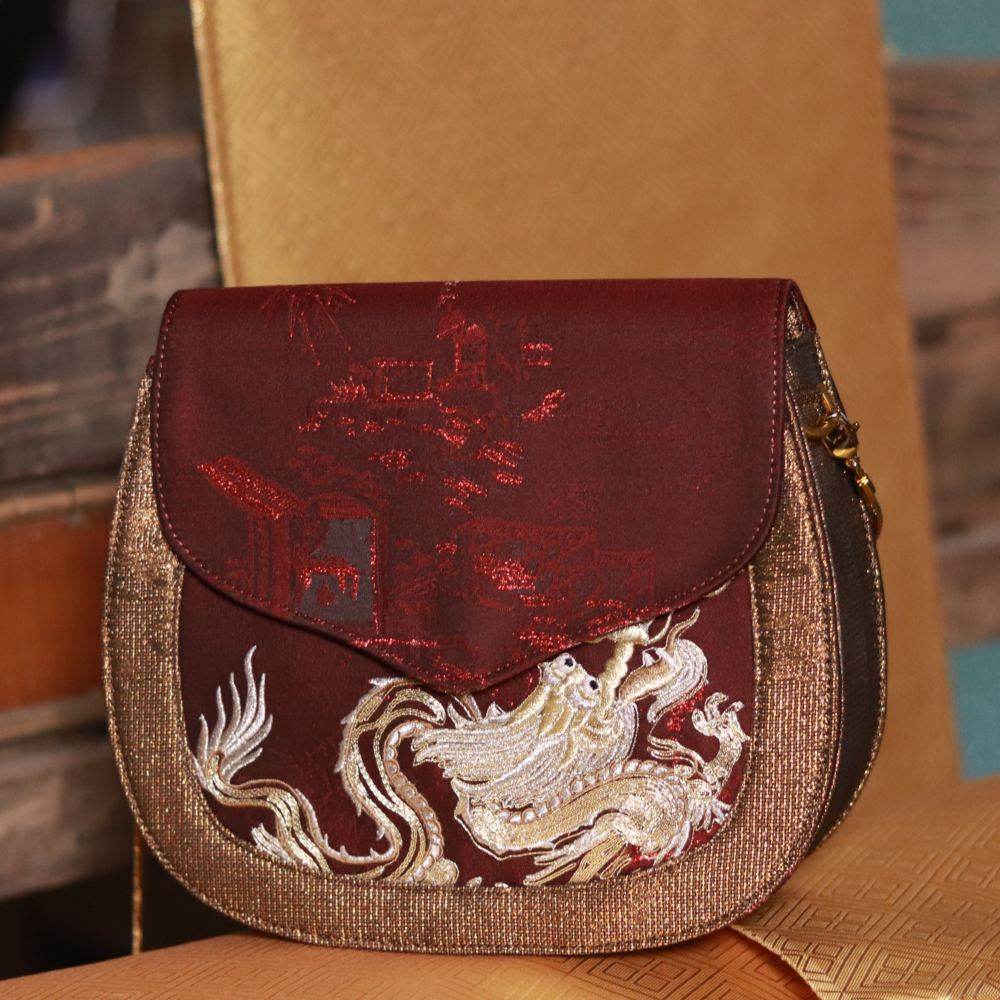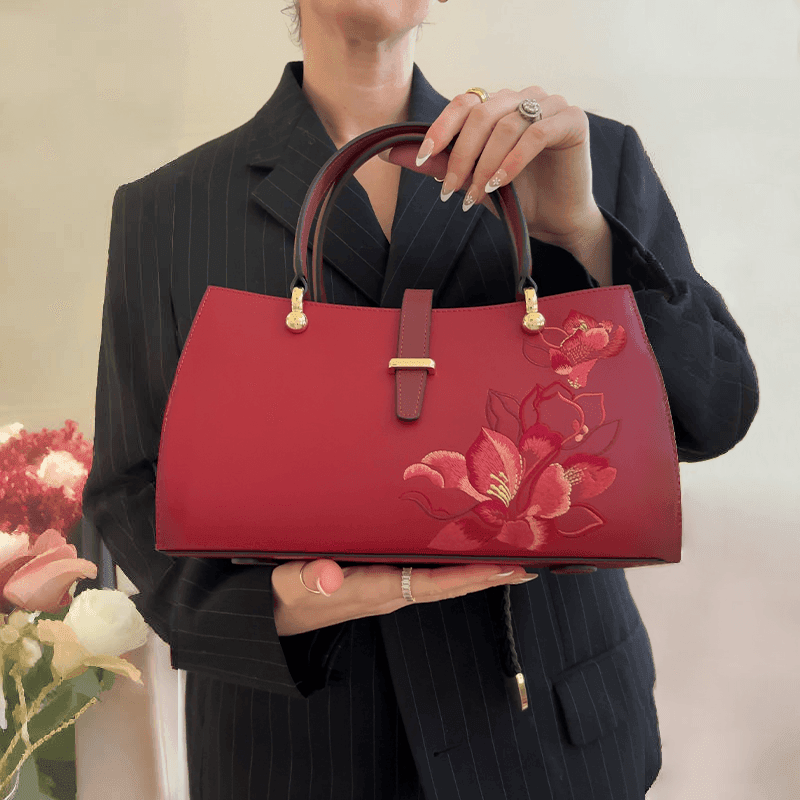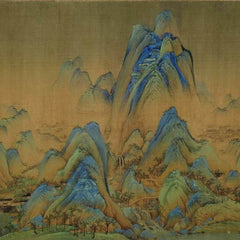يُعد ترصيع عرق اللؤلؤ (螺钿) المعروف أيضًا باسم لو تيان وتيان تشيان وكان لو وغيرها من الاختلافات، أحد أرقى الفنون التقليدية في الصين. تم الاعتراف بترصيع عرق اللؤلؤ كجزء من التراث الثقافي غير المادي للصين، وقد نجح في التقاط جوهر الحرف اليدوية الصينية لعدة قرون، وخاصة من خلال استخدامه الدقيق للأصداف لإنشاء أنماط معقدة على الخشب والأواني المطلية بالورنيش والأثاث وحتى الآلات الموسيقية. لا تمثل تقنية الترصيع الفريدة هذه كنزًا فنيًا فحسب، بل إنها أيضًا ارتباط عميق بالتاريخ الثقافي الصيني.

تاريخ غني للوديان
يعود تاريخ لوديان إلى عهد أسرة تشو الغربية (1046-771 قبل الميلاد)، إلا أنها ازدهرت حقًا خلال عهد أسرة تانغ. وبحلول ذلك الوقت، كانت هذه الحرفة قد وصلت إلى مستوى ناضج، وخاصة من خلال الاستخدام المذهل لترصيع عرق اللؤلؤ على المرايا البرونزية، وهو مثال رائع لهذا النوع من الفن. واستمرت الحرفة في التطور على مر القرون، مع دمج أنواع أكثر ثراءً من الصدف خلال عهد أسرتي يوان ومينغ. وبحلول عهد أسرة تشينغ، وصلت لوديان إلى ذروتها مع الترصيع الرقيق والدقيق المطبق على قطع الأثاث والفن الرائعة.
لا يمكن المبالغة في أهمية لو ديان - خلال الإمبراطورية الصينية، كان هذا الفن مخصصًا للملوك والنخبة. لقد خلق التباين بين عرق اللؤلؤ اللامع والألوان الغنية العميقة للمواد المحيطة تأثيرًا بصريًا جذابًا يمثل المكانة والرقي.

عملية معقدة لترصيع لو ديان
تتضمن عملية إنشاء قطعة من لو ديان عدة خطوات دقيقة ومفصلة، مما يجعل كل إبداع عملاً يتطلب الحب. وإليك نظرة موجزة على العملية:
-
تصميم النمط : تتضمن الخطوة الأولى في العملية تحديد التصميم. ويتم ذلك من خلال رسم رسمين تخطيطيين - أحدهما لملاحظة النمط العام والآخر للاستخدام الفعلي. غالبًا ما تتميز التصميمات بالزهور والطيور وغيرها من الزخارف ذات المعاني الرمزية.
-
اختيار المواد : يلعب اختيار الأصداف دورًا بالغ الأهمية في عملية التصميم. تُستخدم عادةً مواد مثل أصداف أذن البحر وأصداف الفراشات الصفراء وأصداف البطريق. توفر هذه الأصداف ألوانًا ولمعانًا فريدين، يدمجهما الحرفي بمهارة في التصميم.
-
نشر النموذج : باستخدام منشار ذو أسنان دقيقة، يقوم الحرفي بقطع قطع الصدف بعناية لتناسب التصميم. يتطلب هذا مهارة ودقة هائلتين لضمان تطابق القطع بسلاسة.
-
تجميع القطع : يتم بعد ذلك تجميع القطع المقطوعة بعناية، مع بردها وتعديل الحواف للحصول على ملاءمة مثالية. تضمن هذه الخطوة أن اللحامات بين قطع الصدفة غير مرئية، وأن التصميم العام سلس.
-
التطعيم والتلميع : يتم بعد ذلك لصق النمط المجمع على حامل، وعادة ما يكون من الخشب أو الورنيش، ثم يتم نقشه بعناية. بعد ذلك، يتم تلميع التطعيم لتعزيز اللمعان الطبيعي للأصداف، مما يمنح القطعة توهجًا فخمًا ومتألقًا.

لو ديان: إحياء حديث
في عالم اليوم، لا يزال اللوديان أحد أكثر الحرف التقليدية الصينية تقديرًا، لكن تطبيقه امتد إلى ما هو أبعد من الأثاث والأشياء الصغيرة إلى التصميم المعاصر. يتم دمج التفسيرات الحديثة للولوديان في منتجات مختلفة، بما في ذلك الإكسسوارات وديكورات المنزل وعناصر الأزياء الفاخرة، مما يجعلها أكثر سهولة في الوصول إليها ومناسبة لمجتمع اليوم.
في SinoCultural ، نفخر بدمج هذا الشكل الفني التقليدي في تصميماتنا. من خلال مجموعتنا Ultra-Light ، قمنا بدمج الحرفية العريقة لـ Luo Dian مع الجماليات الحديثة لإنشاء تصميمات فريدة تتلألأ بجمال القواقع المتلألئة. في مجموعتنا، يتم إضفاء الحيوية على عناصر مثل النجوم والمعابد والزخارف الطبيعية من خلال ترصيع عرق اللؤلؤ، مما يخلق تأثيرًا بصريًا دقيقًا ومذهلًا. يضيف تفاعل الضوء على القواقع المرصعة عمقًا، مما يحول كل قطعة إلى عمل فني.
يقدم إعادة تفسير SinoCultural لـ Luo Dian شكلًا فنيًا في العصر الحديث، حيث يكمل التصميم المعاصر بسلاسة مع تكريم الحرفية التقليدية التي تم تناقلها عبر الأجيال.

مستقبل لوديان: الحفاظ والابتكار
في حين لا تزال صناعة لوديان تحظى بالإعجاب لجمالها الفريد، تواجه هذه الحرفة تحديات من حيث الحفاظ عليها. وكما هو الحال مع العديد من التقنيات التقليدية، فإن عدد الحرفيين المهرة يتضاءل، وهناك خطر فقدان هذا التراث القيم. ومع ذلك، تُبذل الجهود لحماية هذه الحرفة وتجديدها.
يمزج الحرفيون المعاصرون في لوديان بين الأساليب التقليدية ومبادئ التصميم الحديثة. ومن خلال الجمع بين المواد والموارد المحلية، فإنهم يصنعون منتجات مبتكرة تتضمن عناصر ثقافية بطريقة تتوافق مع المستهلكين المعاصرين. كما تعمل المنتجات مثل الأطباق الزخرفية المرصعة باللؤلؤ والإكسسوارات ذات التصميمات الفنية الحديثة على جعل الحرف اليدوية أكثر سهولة في الوصول إلى جمهور أوسع.
في SinoCultural، نحن ملتزمون بالحفاظ على هذه التقنية القديمة وتعزيزها من خلال عرض جمالها في منتجاتنا. إن تفانينا في كل من الحرفية والابتكار يضمن استمرار إرث لوه ديان في التألق للأجيال القادمة.

تقدير جمال لوه ديان
يكمن جمال لوه ديان في أناقته الخالدة وحرفيته الدقيقة وتراثه الثقافي الغني. وبينما نواصل ابتكار وإعادة تصور هذا الشكل الفني التقليدي، فإنه يظل جزءًا حيويًا من الثقافة الصينية، ويرمز إلى رقي وإبداع الحرفيين القدامى.
دعونا نحتفل بسحر ترصيع عرق اللؤلؤ، ونحافظ على إرثه، ونبقي ضوءه متألقًا في العالم الحديث.
